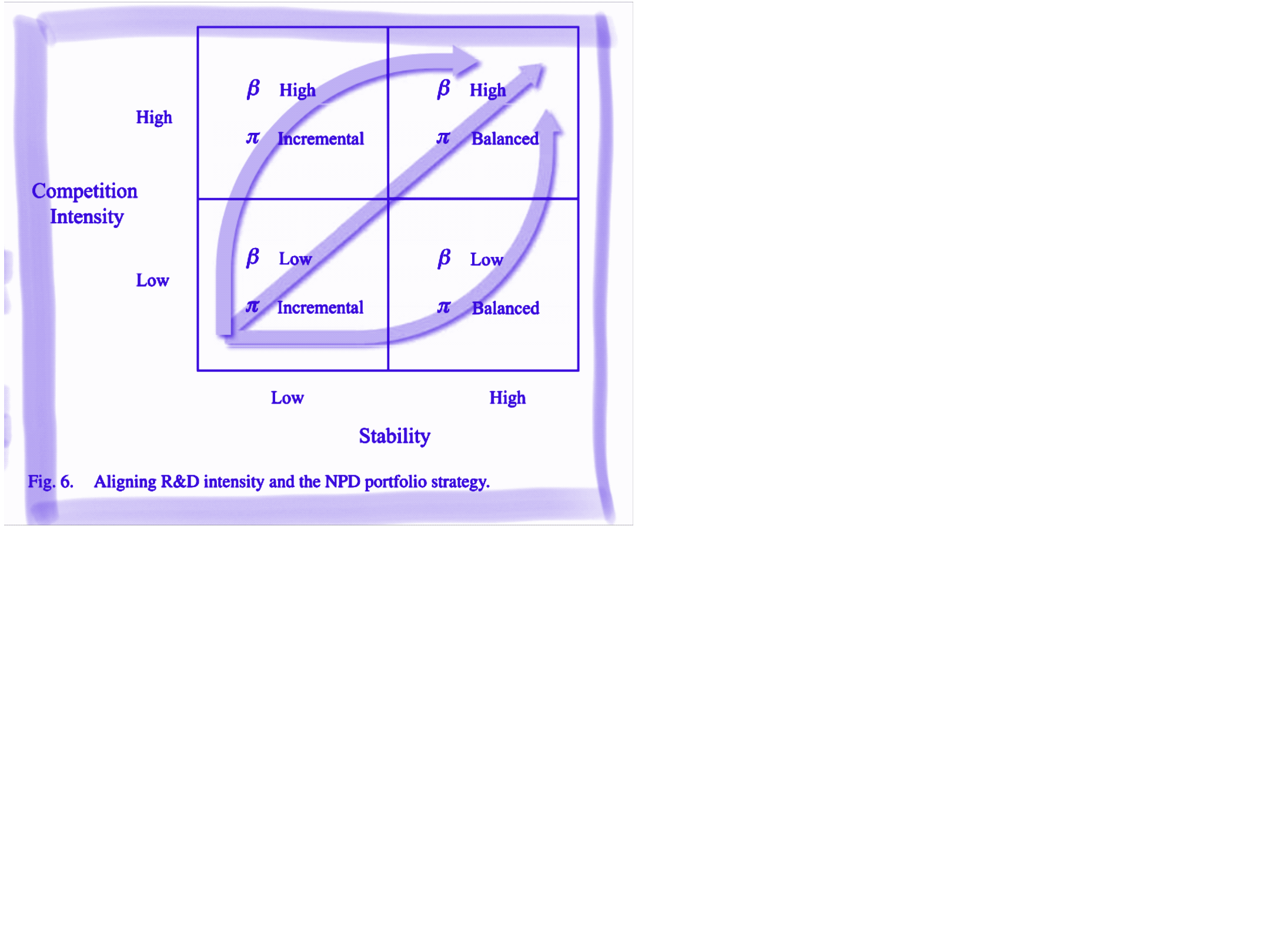Sports nutrition and fitness brand, 800M revenue, 800 employees
“Create a governance system for our innovation efforts so we may measure our ROI and operationalise innovation. Help us make better decisions on inputs and outputs using data.”
Approach
Frame the business’ needs for operationalising innovation, diagnose our current innovation approach
Surface possible innovation metrics, show us how other successful innovative organisations measure innovation
Recommend a set of metrics, use existing data sources, or suggest new ones
Prototype a metrics dashboard with select metrics
Launch the dashboard and make the case for business leaders, senior stakeholders (board) and shareholders
Dashboard
The dashboard allowed the client to show the impact adequate innovation governance has on the bottom line. Business leaders required a better understanding of how resources were deployed, why, and to what degree of success. The dashboard used some data sources that were already available and leveraged some existing reporting structures. However recommendations were made to build additional reporting structures that would generate data to sufficiently measure innovation success and create the right behaviours within the workforce.
What made the dashboard successful was the considered selection of metrics that cross-reference and evaluate data meaningfully (i.e. translate data into information) for this particular client’s industry and organisational structure, maturity and business model.
Diagnosis
Start-ups and growth-stage businesses don’t yet have strategic guidance on what opportunities should be pursued. It is often driven by the loudest voice in the room, rather than strategic foresight. As companies grow it becomes increasingly necessary to control the deployment of resources, balance risk and learn from successes and failures. The metrics selected, and systems created will influence behaviour, so it is vital to consider governance in context. As with this client, flex in the system is vital to take advantage of the business’ agility and nimbleness, thereby maintaining strategic advantage.
Keywords: innovation governance, systems design, strategy, metrics
The Metrics Landscape
This work has been a Pandora’s box. As is to be expected, metrics represent merely the tip of the iceberg. They are the amalgamation of operations, strategy, finances and people’s efforts. Furthermore it became very clear that metrics are not only representing an organisations activities, but also shape them. There is a danger that a metric is introduced behaviours are encouraged that are counter the ultimate goal. Metrics in themselves should not be the goal – it is paramount that they are closely linked with sound strategy and take culture into account.
As Werner Heisenberg puts it:
“No system can be observed without changing it.”
To inform the long-list of possible innovation metrics I conducted extensive research. Here are some of the highlights that have informed the metrics used for my client:
Measuring radical innovation project success, by Jimmi Normann Kristiansen and Paavo Ritala
Measuring Innovation: Sustaining competitive advantage by turning ideas into value, by Mark Burnett, Bearing Point Management & Technology Consultants
Metrics for innovation: guidelines for developing a customised suite of innovation metrics, by Amy Muller, Liisa Välikangas and Paul Merlyn
6 Innovation Metrics (KPIs), by Phil McKinney (listen Podcast episode here)
The Challenge of Measuring Innovation, by Natalie Foley
Innovation Governance: How Top Management Organizes and Mobilizes for innovation, by Jean-Philippe Deschamps and Beebe Nelson
Inside Outside, Ep 9 Metrics, by Neil Patell (listen Podcast episode here)
Innovation audits by means of formulating problems, by Joaki Björkdahl and Magnus Holmén





